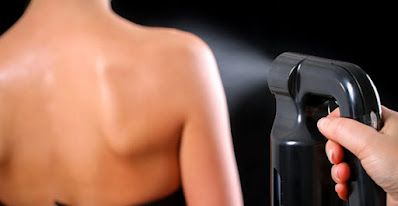Melanotan Facts and Information
Internet users have reported side effects like the uneven pigmentation (that makes already the uneven pigmentation even more noticeable), darkening or enlargement and new nevi (moles), of the present moles after using the unlicensed, untested, or fraudulent products marketed as "Melanotan II”, and these untested products are what you should be aware of.
What are Melanotan I and II?
Medical authorities have advised against using these products because of the potential for side effects. This peptide has not been subjected to any scientific study into the long-term and long-term harmful consequences of utilizing it.
This product is based on a drug called Afamelanoide, which was developed in 1981 by the College of Arizona to preserve the skin's appearance from sun damage. In the meanwhile, this medication is undergoing medical studies for the treatment of a specific sun-sensitive skin disease, and it is not yet accessible for purchase.
In human skin cells, the drug attaches to receptors (melanocortin receptors) that are connected to the alpha-melanocyte stimulating hormonal substance (melanocyte stimulating hormone) (-MSH). Due to this binding to the -MSH receptor, which is crucial for skin and hair coloring, melanin production in the skin rises, resulting in the appearance of an "oceanic tan."
Melanotan is a synthetic analog of -MSH that is currently available for purchase on the internet for self-administered use. It is unlawful, has not been tested, and is not controlled. - A rigorous production environment is required for MSH, which cannot be provided in unlicensed manufacturing, research facilities because of the high sensitivity of the substance. In addition, the product should be stored in the refrigerator.
Melanotan is injected into the fatty layer of tissue around the stomach, switch in order to give it subcutaneously to the patient. Clients infuse once or twice a week until the desired color is attained, after which they infuse once or twice a week to keep the color vibrant. When coupled with direct UV radiation (sun or tanning bed) 2-3 times per week for the first week and then 1-2 times per week thereafter, the benefits of the injection can be enhanced significantly.






Comments
Post a Comment